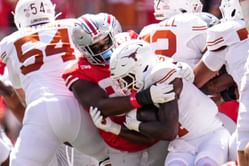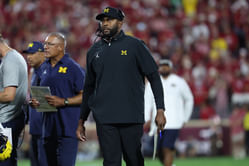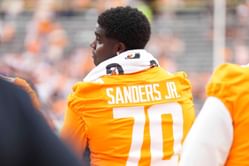
Nestled in the picturesque heart of Pennsylvania, Pennsylvania State University, commonly known as Penn State, stands as an educational juggernaut and a symbol of academic excellence. Founded in 1855, Penn State has evolved into one of the nation's premier public research universities, known for its steadfast commitment to knowledge, innovation, and community.
Penn State's sprawling campuses, with the iconic Nittany Lion Shrine at University Park, are more than just learning centers; they're vibrant hubs of culture, diversity, and opportunity. The university's history is intertwined with a dedication to accessibility, embracing students from diverse backgrounds, and fostering a rich tapestry of perspectives and talents.
Penn State's unwavering pursuit of innovation and discovery truly sets it apart. With cutting-edge research facilities, renowned faculty, and a culture of interdisciplinary collaboration, Penn State is at the forefront of scientific, technological, and humanitarian advancements. The program's impact extends far beyond its academic achievements. It's where traditions, such as the White Out football games, blend seamlessly with a forward-thinking approach to education. The university's deep commitment to sustainability, entrepreneurship, and community engagement reflects its dedication to shaping a better future for Pennsylvania and the world.
Penn State's Old Mascot
Penn State's old mascot, often called "Old Coaly," is a unique and cherished part of the university's history. Old Coaly was not the traditional sports mascot we associate with universities today; it was a workhorse that played a vital role in the university's early years.
In the mid-19th century, Penn State was primarily an agricultural college, and horses played a crucial role in campus life. Old Coaly was one such workhorse, known for hauling limestone to construct the university's original Main Building, now known as Old Main. Old Coaly's contributions to the university's development were significant, as this horse symbolized the hard work and determination that went into building Penn State.
Though not a traditional mascot in the modern sense, Old Coaly's legacy serves as a reminder of Penn State's agricultural roots and the dedication of those who laid the foundation for the university's success. The Nittany Lion eventually replaced Old Coaly as the official mascot, but the memory of this hardworking horse endures in the annals of Penn State's history.
Also read: Penn State Nittany Lions Football Stadium
Old Coaly History
Old Coaly, a significant part of Penn State's history, was a workhorse during the mid-19th century. Serving the university in its early years, Old Coaly hauled limestone used in constructing Penn State's iconic Old Main building. This dedicated horse symbolizes the university's agricultural roots and the hard work that went into its establishment. While not a conventional sports mascot, Old Coaly's legacy is a testament to the perseverance and determination of the individuals who contributed to Penn State's growth and success, making it an enduring symbol of the university's heritage and progress.
FAQs on Penn State Old Mascot
A. Old Coaly was a workhorse in the mid-19th century that hauled limestone to build Penn State's Old Main. It's significant because it represents the university's early agricultural roots and the hard work put into its development.
A. No, Old Coaly was a workhorse with historical significance, while the Nittany Lion is Penn State's current official mascot for sports and events.
A. Old Coaly played a vital role by helping transport materials for the construction of Old Main, which served as the cornerstone of the university's campus.
A. Old Coaly's era ended in the mid-19th century. The Nittany Lion became Penn State's official mascot in 1904.
A. While not a current mascot, Old Coaly's legacy is honored in Penn State's history, symbolizing the university's early years and its dedication to progress and growth.









